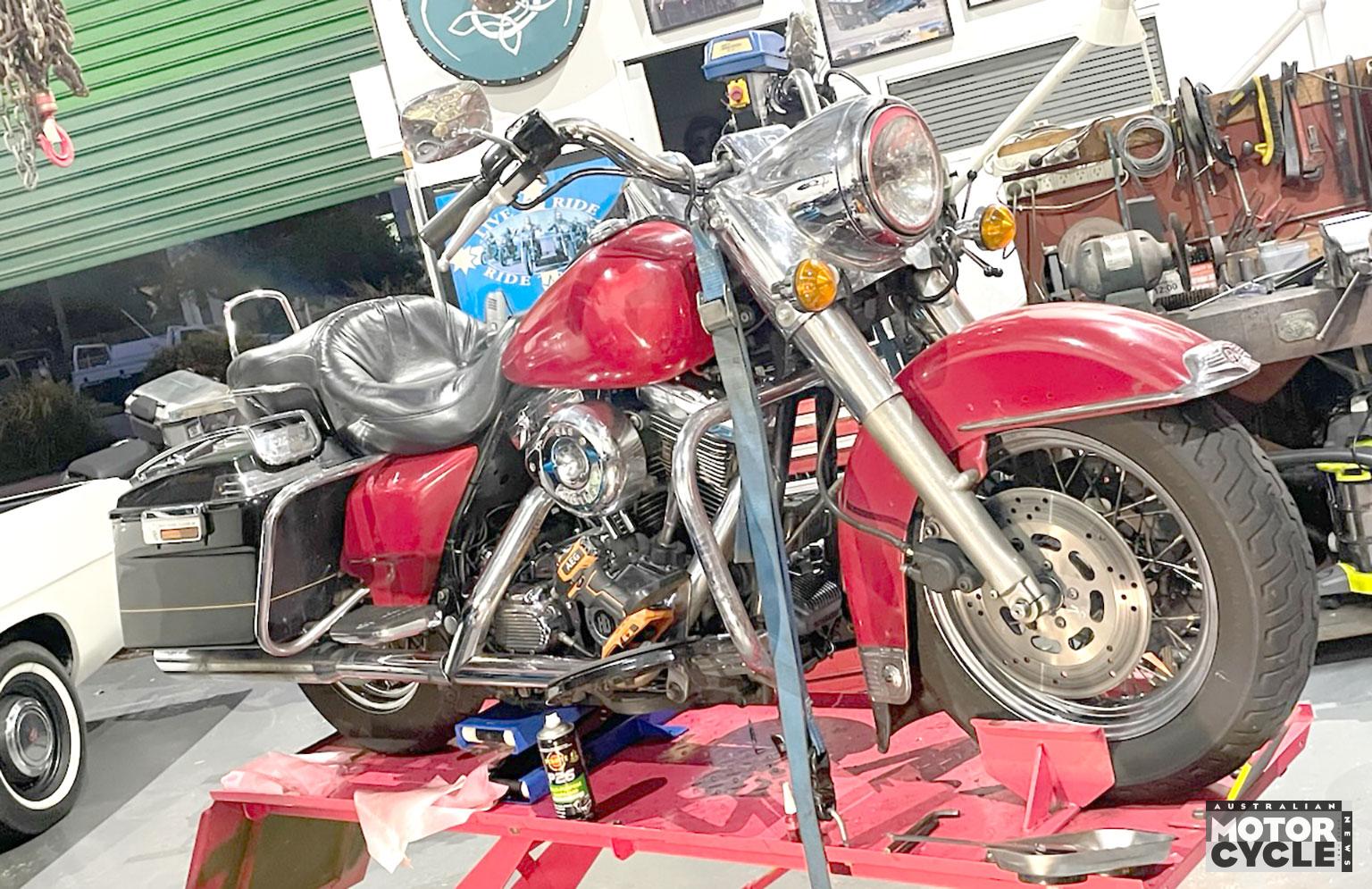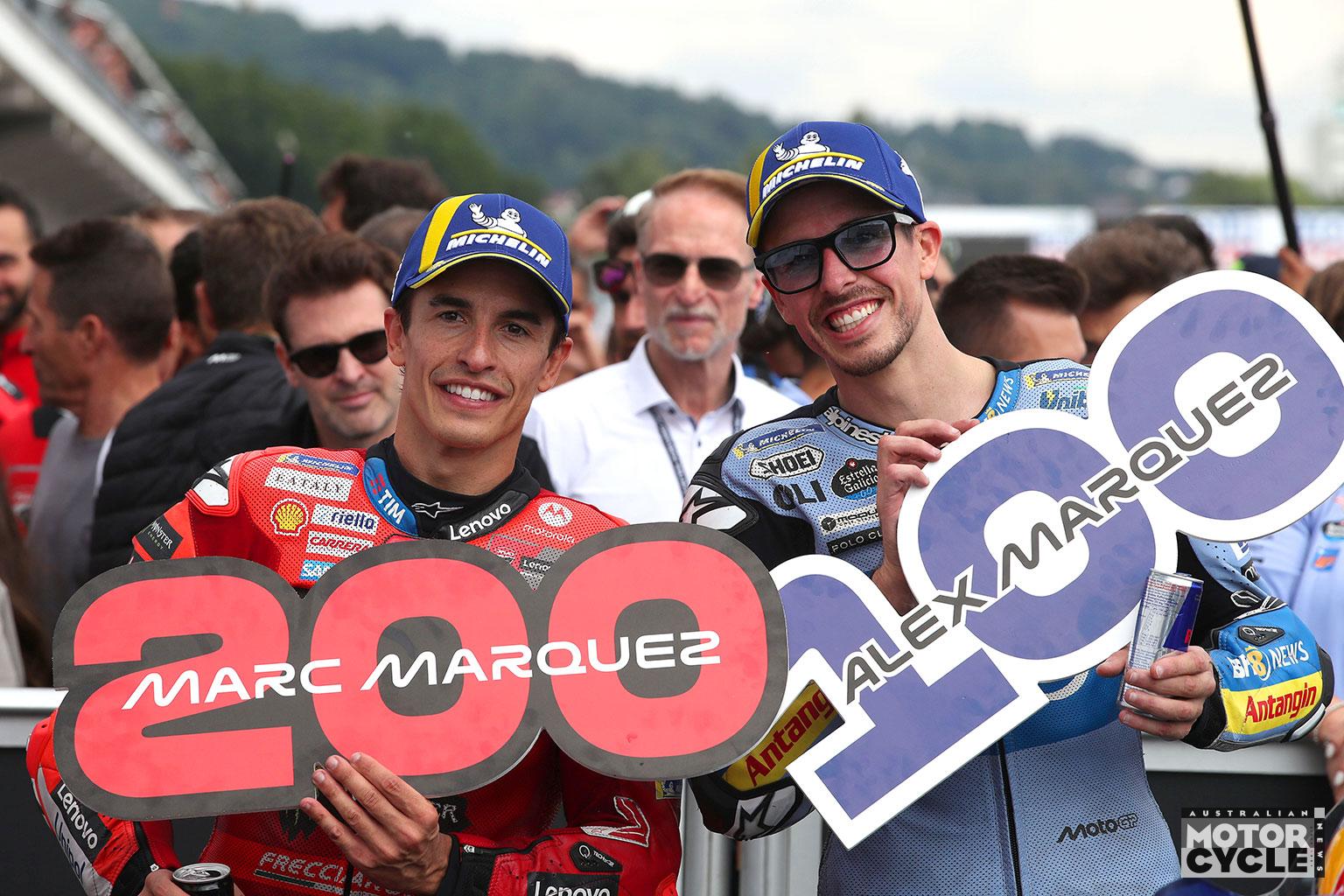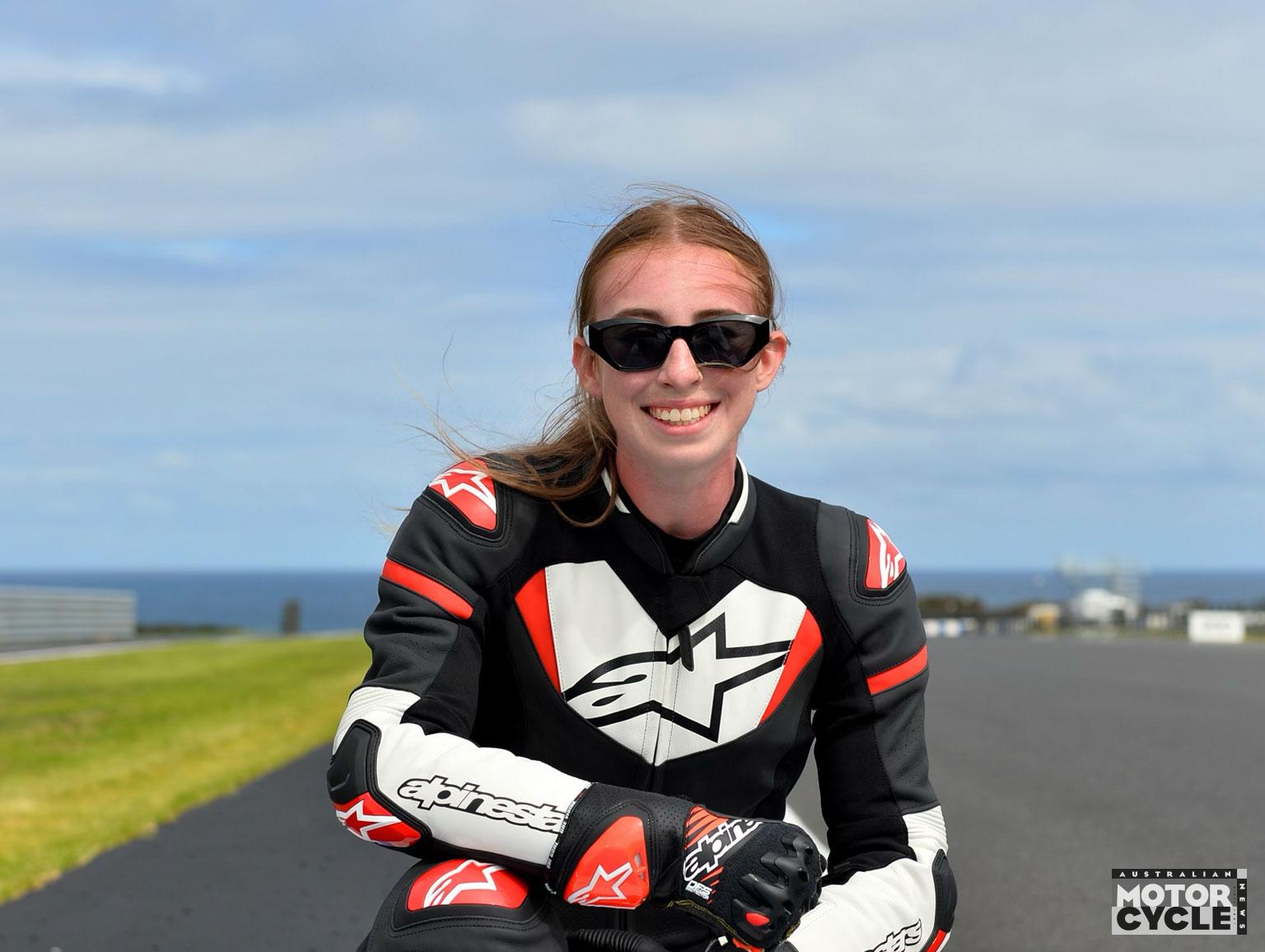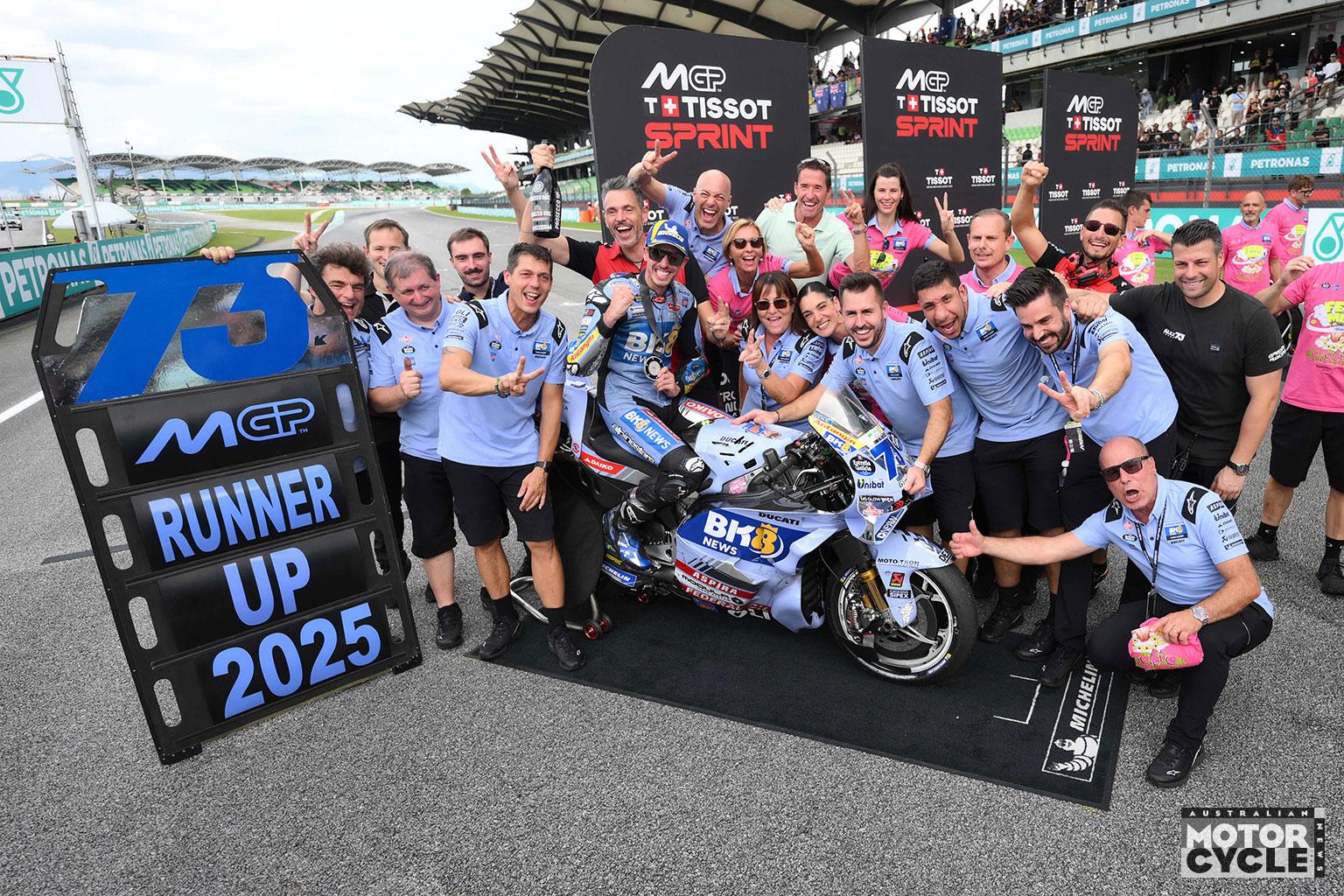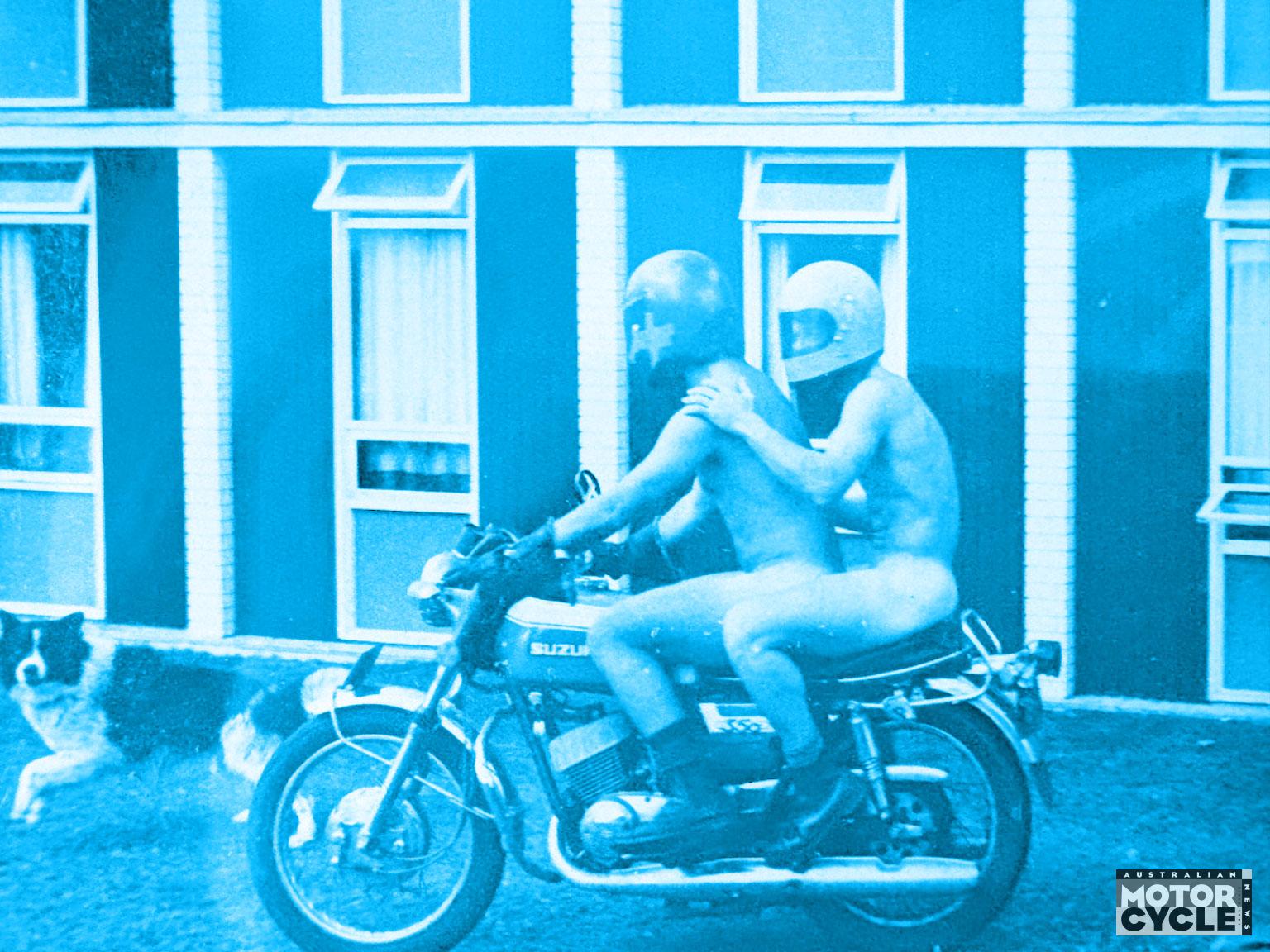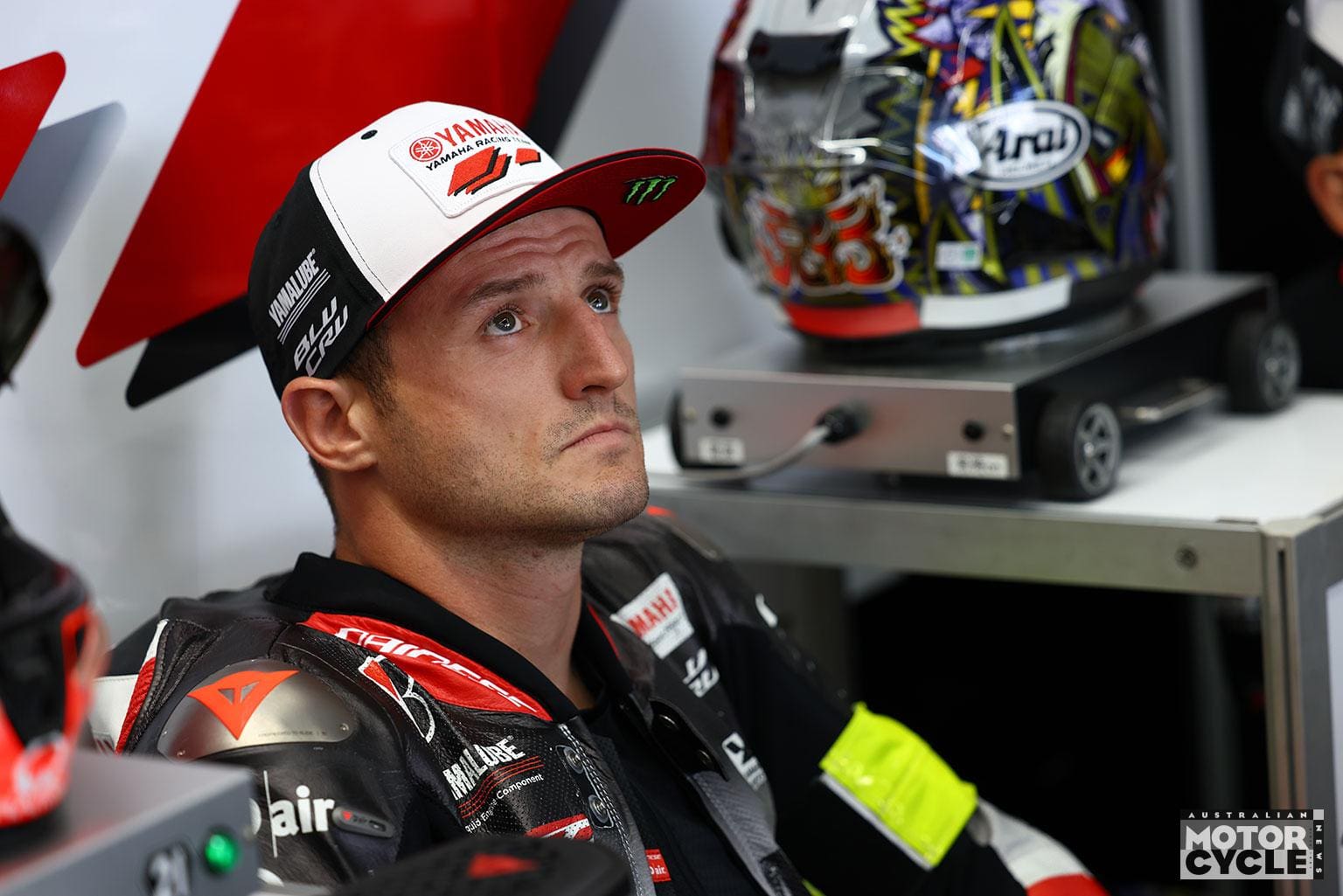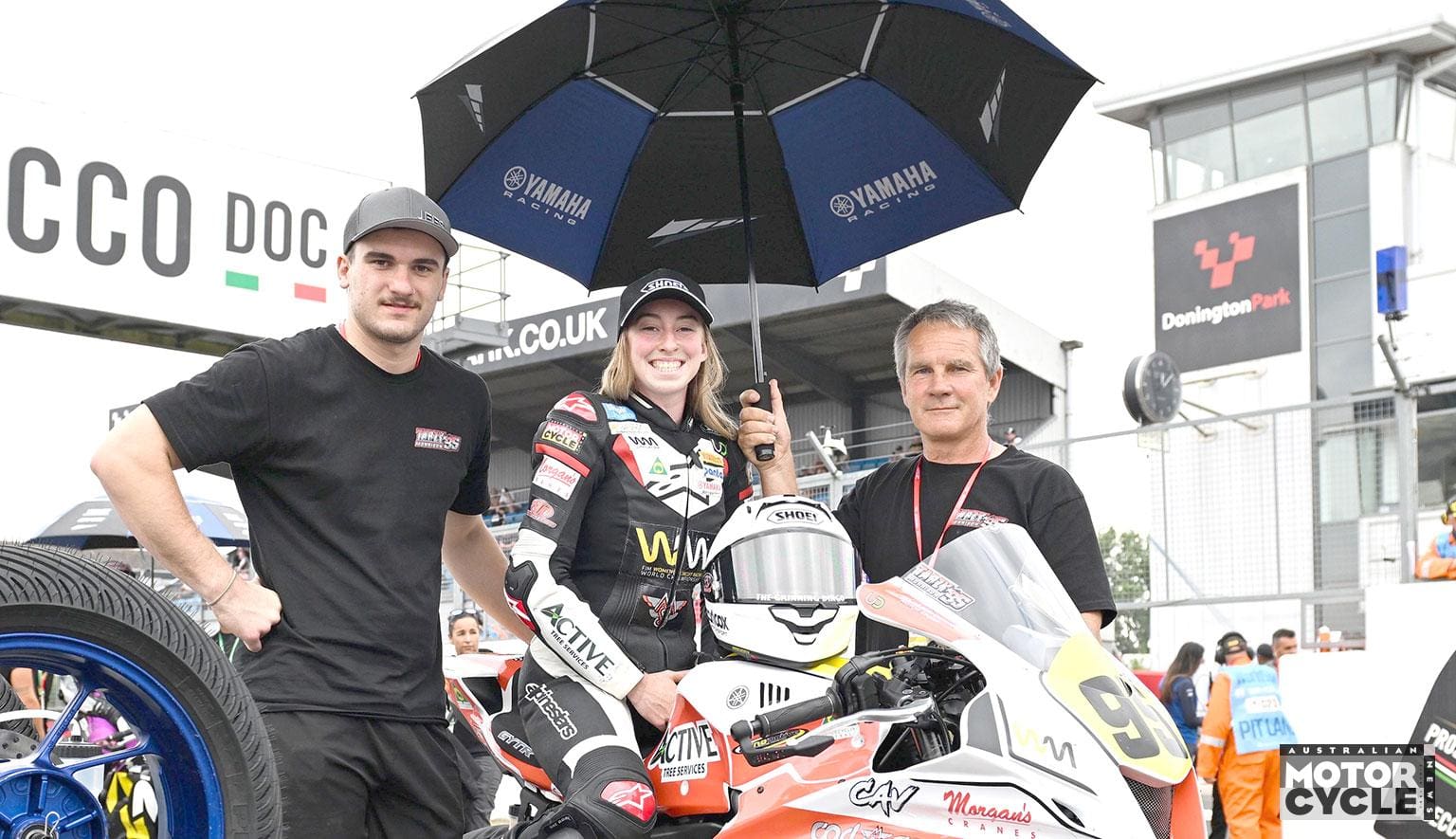Is there a Euro invasion of Suzuka on the way? It certainly looks like it after this year’s race, and victory for a non-Japanese manufacturer might not be far away, as Michael Scott suggests.
There must have been chills down the spine of Honda at the Suzuka 8 Hours – the key race for them and the other Japanese factories. Sure, Honda won – extending its domination at the circuit built at the behest of revered founder Soichiro Honda. Its third in succession, and 30th in 45 races (Yamaha has won eight, Suzuki five, Kawasaki two). And, sure, Yamaha and Suzuki finished second and third for an all-Japan podium.
But fourth and fifth? Well, that’ll be Ducati and BMW. Both of them, and especially increasingly race-dominant Ducati, likely to strike fear into the corporate hearts of Japan Inc.
The big race was different in another way, an echo of the past as well as a warning for the future. One of the trio on the winning Honda was Johann Zarco. Not just a double Moto2 world champion, and not just a current MotoGP rider, but also (finally, last year) a MotoGP race winner.
The last time a premier-class race winner won was in 2008. That was Carlos Checa. In fact he was by then an ex-GP rider, having switched to Superbikes. The one before that was (like Zarco) very much an active rider, for it was Valentino Rossi, in his second Honda factory year. He won the race on a VTR1000SPW V-twin, teamed with Colin Edwards.
These were isolated outings. It’s more than 30 years since active works-team riders were absolutely expected to take a mid-season break from their GP schedule to race for hours into the dark for the honour of their factories.
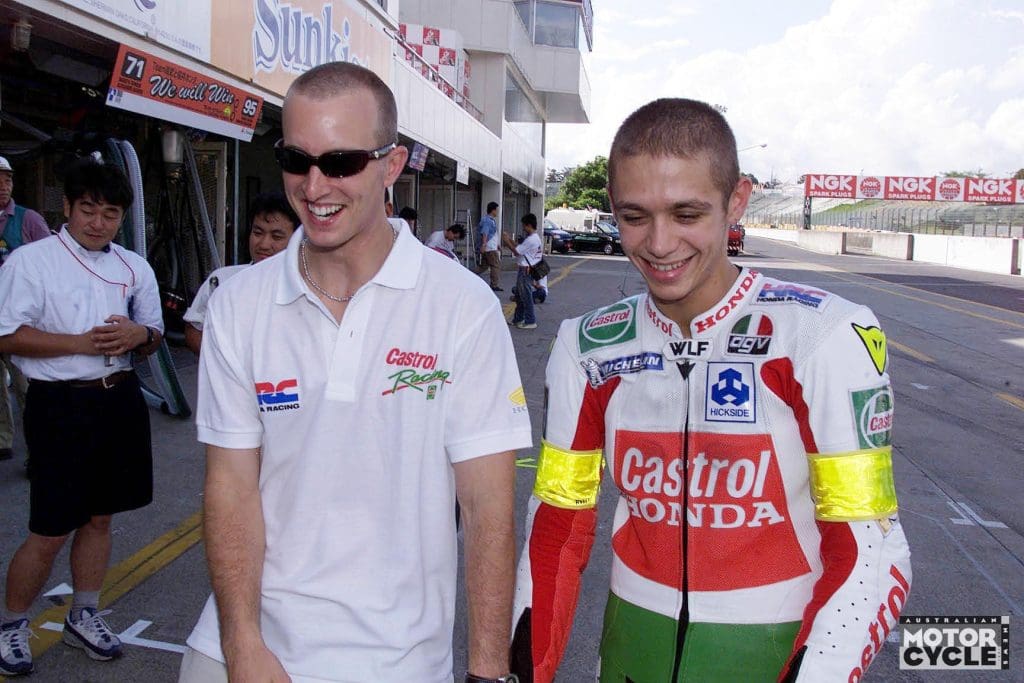
If you wanted a top ride with Honda, Yamaha or Suzuki, the 8 Hours was pretty much compulsory, like it or not. And for the main part, the riders didn’t like it at all. With good reason, and not just because it entailed racing at fever pitch for much longer than 40-odd minutes of a GP; nor because of debilitating jetlag midway through an intense GP season.
It was because of the difficulty of switching from light and feisty 500cc two-strokes (aka a ‘real racing bike’) to big, burly four-strokes with headlights (aka a ‘diesel’). To race them at high level involved a major change in technique. The differences – including heavier weight and unfamiliar engine braking – took quite a bit of getting used to and, more importantly, quite a bit of getting over when it was time to get back on the smokers. Or so the two-stroke masters insisted.
All the biggest names were involved. Past winners between 1985 and 1992 include Wayne Gardner (three times), Mick Doohan, Wayne Rainey, Eddie Lawson and Kevin Magee. The absolute elite of the 500 class. Only the last-named did not win at least one 500cc world championship, the others 13 between them. How they complained.
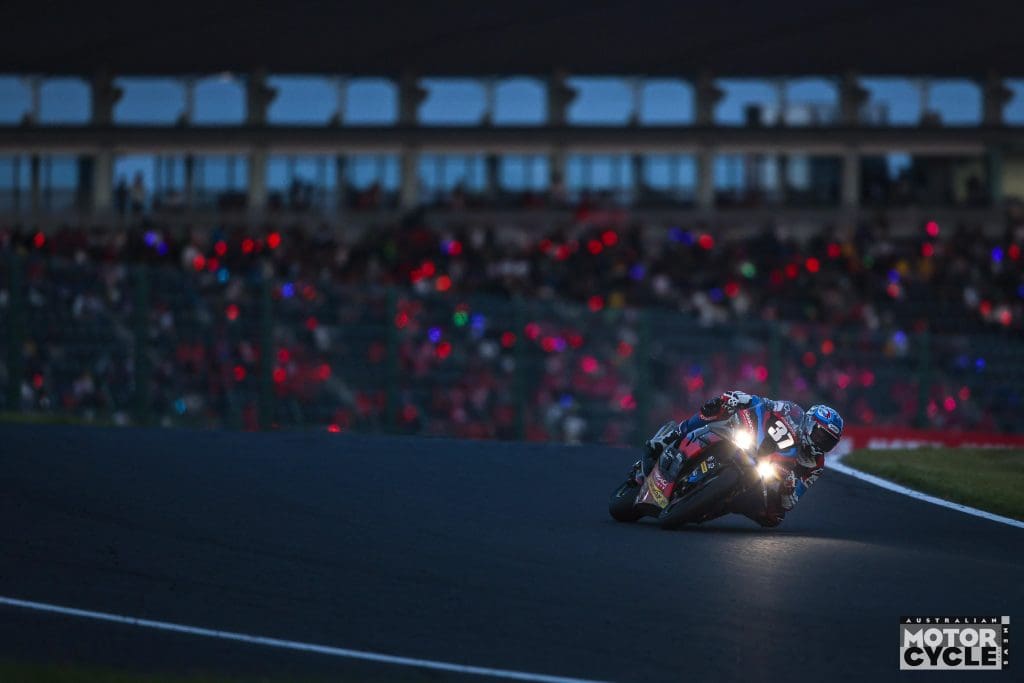
Ciabatti is a crusty veteran of Ducati Corse, the MotoGP team’s sporting director until the end of last season. He was at Honda’s track this year as Ducati’s man, presiding over the debut of an official V4 Panigale. This was run by ex-rider Yukio Kagayama’s All Japan Superbike team, which switched to Ducati this year after more than 30 years with Suzuki.
The entry, which included Aussie Suzuka 8 Hours veteran Josh Waters, and the team’s result were both ominous, at a race that has always existed as a proving ground and showpiece for the Japanese industry. Ominous also that while Honda, Yamaha and Suzuki took the top three slots, Ducati was fourth, just one lap behind. And BMW just another lap down.

